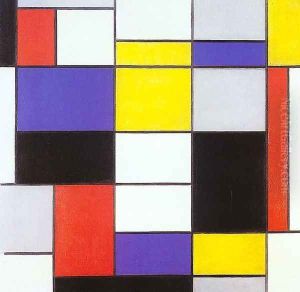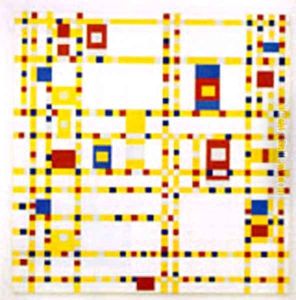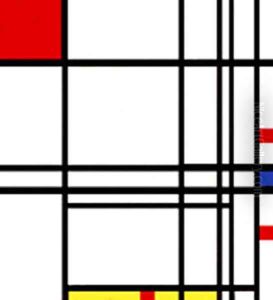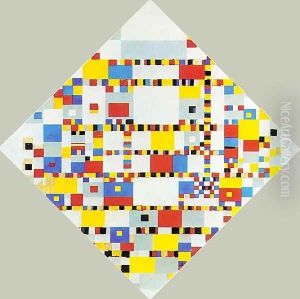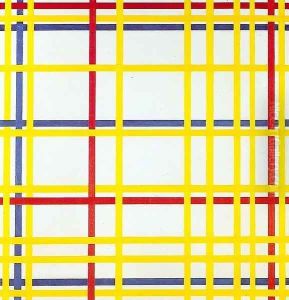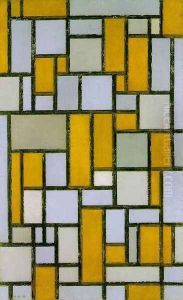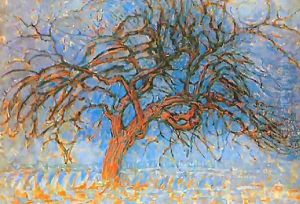Piet Cornelis Mondrian Paintings
Piet Cornelis Mondrian, born Pieter Cornelis Mondriaan on March 7, 1872, in Amersfoort, Netherlands, was a pivotal figure in the development of abstract art and one of the founders of the De Stijl movement. Mondrian's early work was heavily influenced by Cubism, but his style evolved significantly over his career, leading him to develop his unique approach to abstract art, characterized by geometric forms and primary colors.
Mondrian's artistic journey began with his studies at the Academy for Fine Art in Amsterdam. Initially, his work followed the traditional styles of Dutch landscape painting, but his exposure to the work of artists like Pablo Picasso and Georges Braque around 1911 prompted a dramatic shift in his approach. This period marks the beginning of his move towards abstraction, where he gradually simplified the forms and colors in his paintings.
In 1917, together with Theo van Doesburg, Mondrian founded De Stijl, a journal and artist collective dedicated to promoting the group's abstract ideals and aesthetic principles, which emphasized simplicity and geometric forms. Mondrian's work from this period is characterized by grids of black lines and the use of primary colors, a style he called Neoplasticism. His paintings, such as 'Composition with Red, Blue, and Yellow' (1930), exemplify this approach and have become iconic in the canon of modern art.
Mondrian's influence extended beyond painting to have a profound effect on architecture, design, and fashion. His abstraction was not merely a stylistic choice but was deeply rooted in his philosophical beliefs, influenced by Theosophy, which sought to express the harmony and order underlying the visible world.
In 1938, as World War II approached, Mondrian left continental Europe for London and later moved to New York City in 1940, where he was inspired by the city's grid-like street layout and the vibrant jazz scene. His work from this period, including 'Broadway Boogie Woogie' (1942-43), reflects this inspiration, showing a more dynamic arrangement of colors and lines.
Piet Mondrian died from pneumonia in New York City on February 1, 1944. His legacy continues to influence artists and designers, underscoring his role as a pioneer of abstract art. Mondrian's work is celebrated for its clarity, simplicity, and profound influence on the course of modern art.
